I'm trying to find the closest point on a coastline to a given set of lat-long points in R. I have an sf object representing the coastline and a data frame with the lat-long points.
Here's an example of the data:
library(sf)
library(rnaturalearth)
# Load world coastline data
coastline <- ne_coastline(scale = "small", returnclass = "sf")
# Lat-long points
points <- data.frame(
longitude = c(-71.5374, -72.1234, -70.9876),
latitude = c(-33.865, -34.567, -33.456)
)
points_sf <- st_as_sf(points, coords = c("longitude", "latitude"), crs = 4326)
I want to find the closest point on the coastline for each point in the points_sf object, and create a new dataset of those coastal points that I can re-join to my old dataset and plot.
I have tried various methods, including using the distGeo function from the geosphere package and the st_nearest_feature function from the sf package. However, I'm encountering issues with incorrect dimensions or unexpected results.
Here's what I tried so far but keep encountering problems with the distances line.
library(sf)
library(geosphere)
# Calculate distances between each point and the coastline
distances <- distGeo(st_coordinates(points_sf), st_coordinates(coastline))
# Find the index of the nearest coastline point for each point
nearest_indices <- apply(distances, 1, which.min)
# Get the closest points on the coastline
closest_points <- st_coordinates(coastline[nearest_indices, ])
# Create an sf object with the closest points
closest_points_sf <- st_as_sf(data.frame(geometry = st_point(closest_points)),
crs = st_crs(coastline))
Any help you can offer would be amazing! I have spent a long time on this. Tahnk you!

